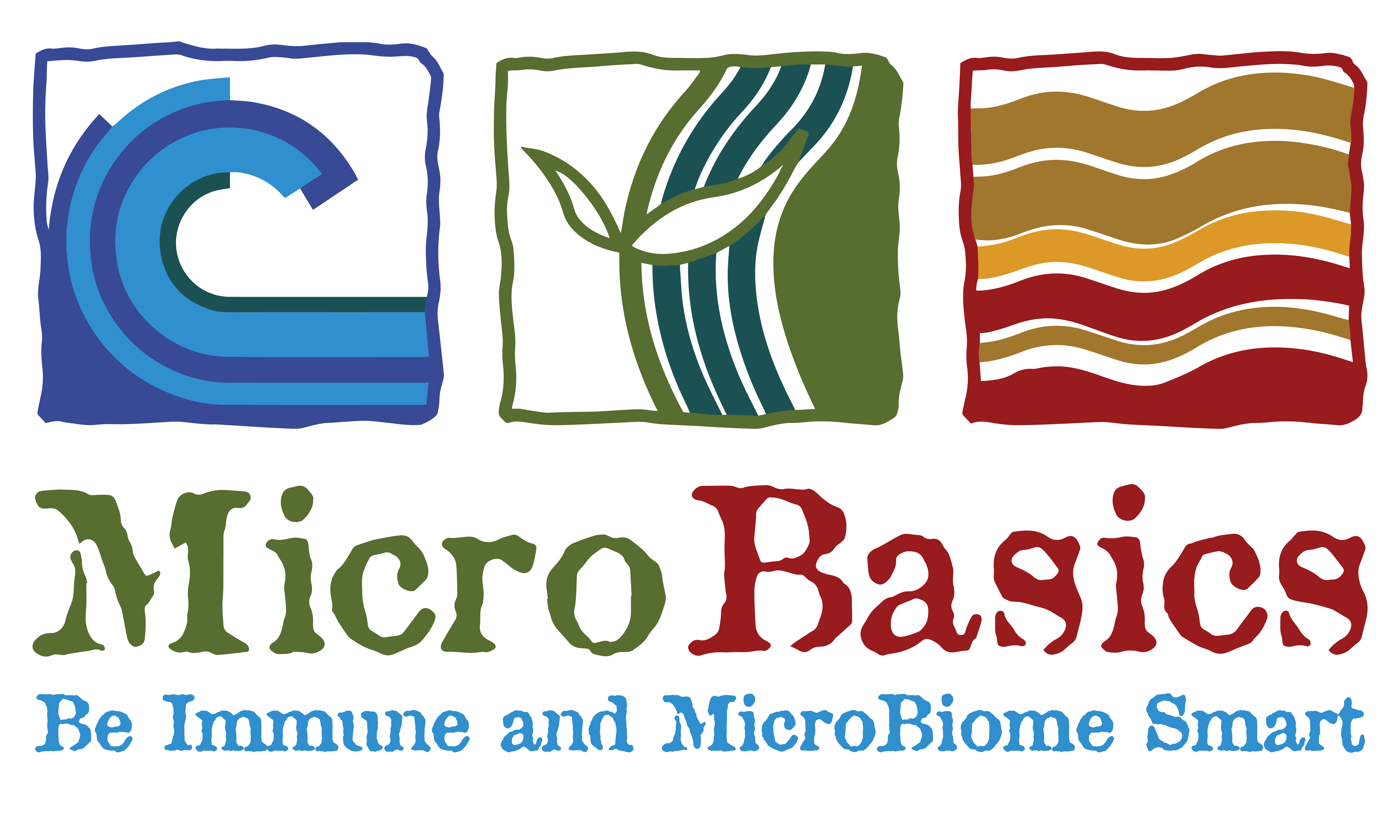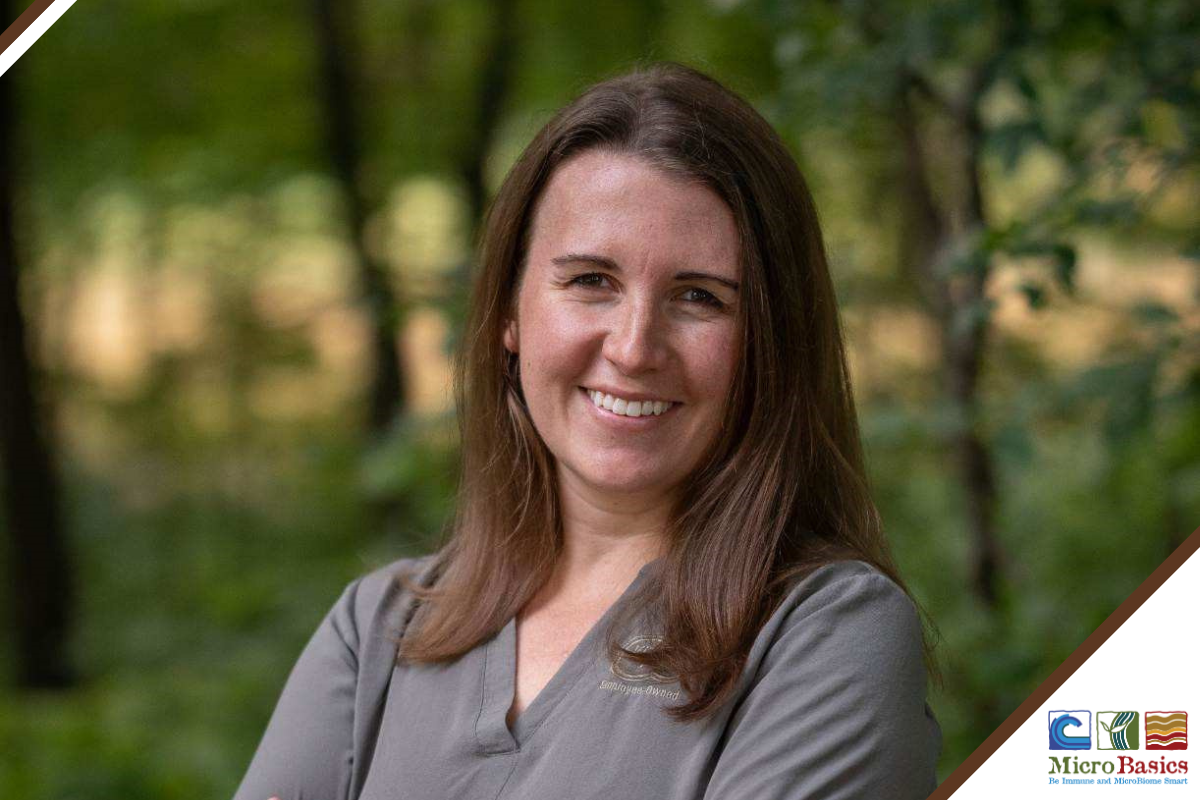Bethany Dado-Senn grew up on a 500 cow dairy farm in North Western Wisconsin. Her family raises all their youngstock and homegrown crops. She attended UW Madison for her undergrad focusing on Dairy Science and Genetics. Upon graduation she transferred to the University of Florida for her master’s and PhD. The focus of her research was on understanding how early life stressors impact calf mammary development and general physiology.
That included in-utero studies including dry cow heat abatement, and early life pre-weaning heat stress on dairy calves. She finished her masters in Florida and then her advisor took a position at UW Madison halfway through Bethany’s PhD, so she followed her back to Wisconsin and was able to finish he degree closer to home.
Right out of grad school Bethany hired on with Vita Plus Corporation as a calf specialist. She helps troubleshoot calf problems on farm and she also does training and technical writing for their marketing efforts.
Bethany still helps on the family farm by feeding the calves each morning which is fun and rewarding for her. This week she shares insight with us on how we can manage the dry cow to program the calf for success.
Q: What factors influence health of the dry cow?
A: From a general health perspective, we know the dry period is the start of the transition period. Especially closer to calving we will see a decline in dry matter intake, which partially opens the door to a lot of transition disorders in the next lactation. Now researchers like Dr. Lance Baumgard and Dr. Barry Bradford have started looking into what role inflammation plays in this series of events. Greater inflammatory status at dry off is an indicator of having more inflammatory markers at calving. Which also opens the door for transition cow disorders.
It goes to show we should really be focusing on how cows enter the dry period and give them the support that they need to have low oxidative stress, low inflammation, and overall good general metabolic health. That will ease them into the lactating string even easier.
Another than that is an important consideration is mammary development. At the start of the dry period, we have involution of the mammary gland and cell death of most of the mammary epithelial cells. These are worn out cells that are not as metabolically active and functional. The dry period kills most of these cells and a couple weeks before calving the redevelopment phase begins and these epithelial cells turn over and fresh cells regenerate. They can start off the lactation curve with a lot more activity and robustness.
Q: What factors influence calf development during the dry period.
A: First off, let’s talk about the general concept of over or under nutrition. We know from human literature that if mom is under nourished, that may lead to a lot of metabolic and general growth consequences for the offspring.
On the dairy cow side of things, undernutrition isn’t common, although on the flip side, overnutrition is more likely. There is not a lot of work explaining what it might look like for the calf to be born from a high body condition cow with fatty liver. There is some work suggesting some changes in adipocyte formation, but not a lot of research along those lines.
There is more literature around what we put in the diet. There is a lot of work out there right now around rumen protected choline and rumen protected methionine. Not only their role on cow performance when she starts milking, but also for her calf.
What this looks like on the calf side, for both methionine and choline, is that they are both methyl doners. So, they aid in general growth and development, and feed efficiency. I believe there are also some improvements in things like oxidative stress performance. With that kind of support, you are going to get a faster growing more vigorous calf.
Other factors that could play a role include inflammatory status. Last year an ADSA abstract was presented by Eduardo Ribeiro’s group from the University of Guelph. They found that calves from cows with an early lactation transition disorder were also more at risk of having a health issue. There is something going on in the cross talk during late gestation that passes on inflammation and oxidative stress to the offspring. We are not sure what the mechanism is, but there is a connection.
The final area we look at would be maternal stressors. Late gestation is the period of time in which about 70% of calf growth is occurring. Any stressor that shunts away nutrients or oxygen, as blood is dispersed elsewhere, the calf is not going to be able to grow in the same way.
In my background with heat stress research, we know that calves born to in-utero heat stress are born earlier, are lighter, and are more immunocompromised. They have a smaller thymus, liver and spleen. They have poorer passive immune transfer, they have impaired fertility, and if they make it around all of that and they make it to the lactating string they make 5-10 lbs. less milk per day compared to calves born to a thermo-neutral in-utero environment.
Some of my work looked at some of the early life mammary development. We know that as soon as the calf hits the ground, she already has some impairments in mammary gland size. It is also less proliferative, and it is less complex than mammary development of calves who experienced thermal-neutral in-utero. The synthesizing ducts that will eventually form are less developed and will not proliferate as fast.
Q. How can we “program” dry cows to help calves be ready for passive and active immunity?
A. Consider adding a rumen protected choline or methionine to your diet. There is a study that shows that feeding rumen protected choline to the dry cow improved colostrum yield. There are benefits to the cow, but also to the calf.
Cooling your dry cows will help with calf passive immunity transfer. The gut of calves experiencing in-utero heat stress has increased gut cell death and poorer tight junction integrity. It doesn’t do as good of a job absorbing the immunoglobulins of colostrum.
We are still exploring the size difference of the thymus, liver, and spleen and the impact that has on the adaptive immune response. My college Marcella did a lot of immune related research while we were in grad school together. She followed calves that were consistently heat stressed in-utero and post weaning and those that were consistently cooled. We see lower IgG consistently across the entire preweaning period and some differences in monocyte and neutrophil populations in those heat stressed calves.
Generally, make sure you have the right colostrum quantity which comes down to dry cow nutrition. Things like correct crude protein levels, overall dry matter intake, and milking cows soon after calving for the best IgG concentration.
Thanks for all the great information about managing our dry cows and programming our calves for immune success Bethany! If you would like to hear more from Bethany, you can connect with her on LinkedIn and Instagram!
Written by: Mariah Gull, M.S.

